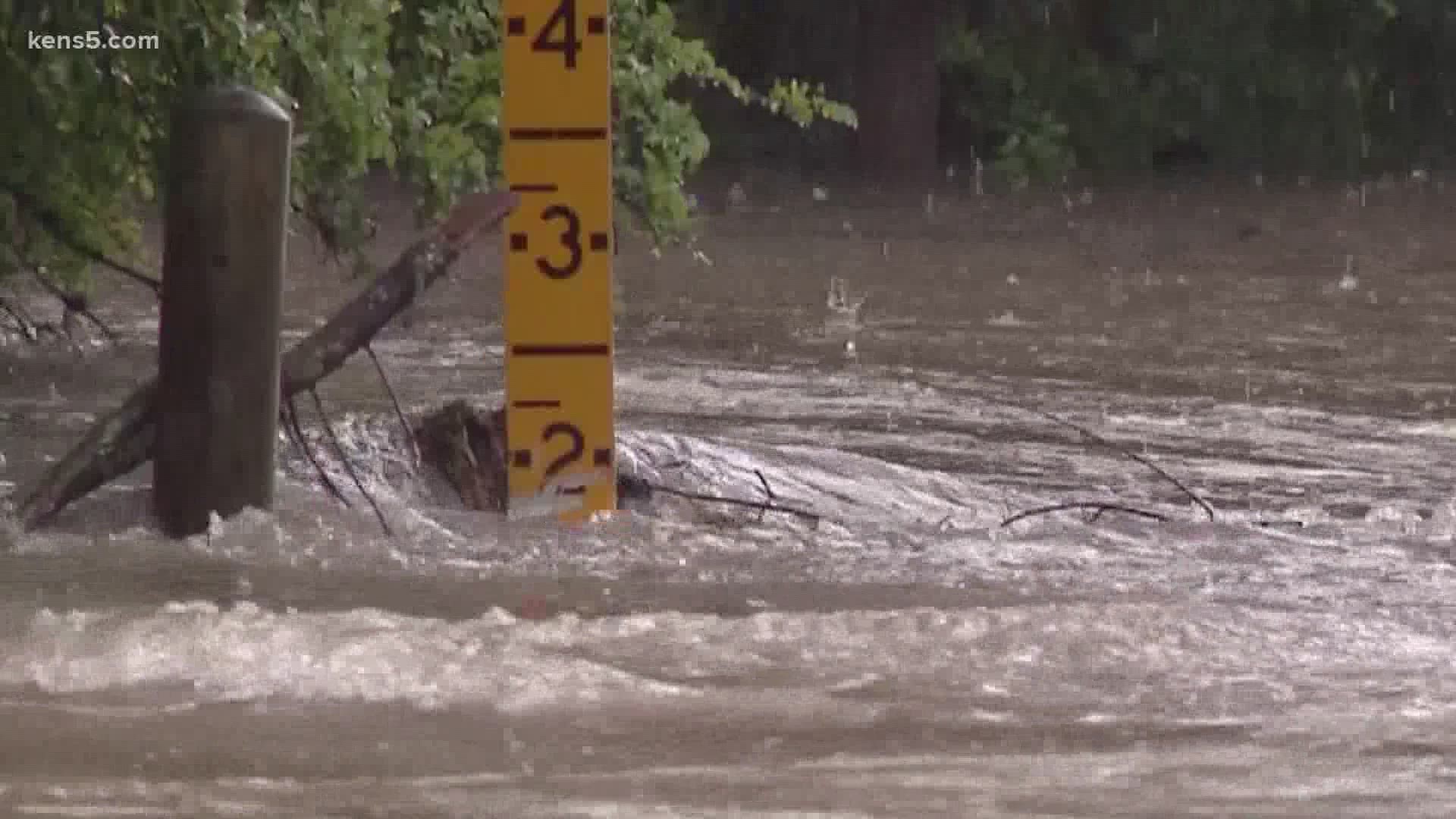SAN ANTONIO — Heavy rain can quickly turn roads into dangerous traps. Severe flooding and debris can overtake nearly anything in its path. Here’s why bigger cities like San Antonio are increasingly being hit harder by the storms.
The city of San Antonio experienced days of rain that caused severe flooding and property damages this week. One of the biggest challenges that big cities face during rain events is urban infrastructure. Hatim Sharif, UTSA professor of Civil and Environmental engineering, says as development continues, cities will experience more runoff.
“Paved roads, and of course buildings, and parking lots. That doesn't allow water to infiltrate in the soil. We remove forests and build subdivisions, so water will move very fast,” explained Sharif.
Dr. Fouad Jaber, professor and statewide extension specialist at the Texas A&M AgriLife Research and Extension Center at Dallas, says storm water systems in cities aren’t always enough to handle the surge of rain.
“These cities are very big. You’ll always have areas that were built or designed a long time ago and haven't had a serious problem and there were no plans to update them. So, those would be sized for a smaller event. They're a very expensive project. You can't update them every 10 years when the storm rate changes,” said Jaber.
Sharif has worked with the city of San Antonio on previous storm water projects and says the city works to update its system.
“I think there's other big work being done by the Texas Water Development board now because they are doing large projects on flood mitigation. San Antonio is part of that work and some work is being done in collaboration with that,” said Sharif. “This is a continuous effort as development continues.”
There are faster and less expensive ways that cities and homeowners can mitigate flooding, which includes rain gardens. It’s an artificial depression in the landscape that collects runoff until it can infiltrate the soil.
“What we call green storm water infrastructure. Basically, these are simple nature based practices like rain gardens, bioretention areas we call them. Permeable pavement falls into that, rainwater harvesting falls into that,” explained Jaber.

